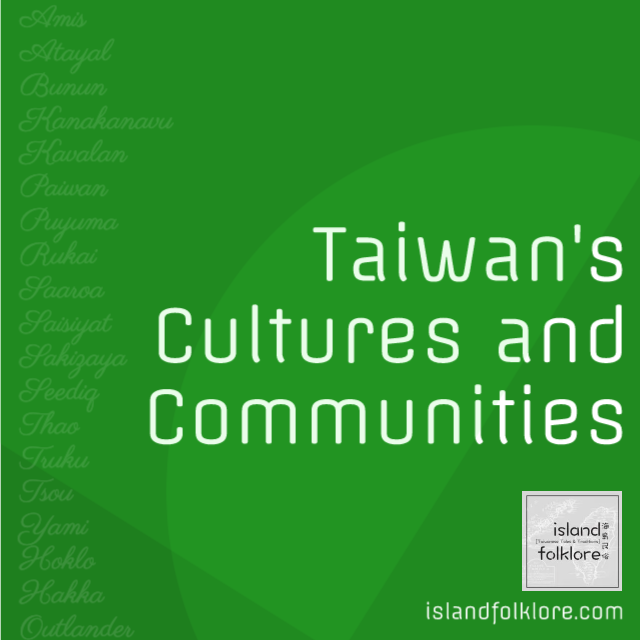What do a giant stone demon bird and fine ceramics have in common? Both are found in a quiet, scenic town—Yīnggē—near the Taiwanese capital!

Yīnggē (鶯歌; Taiwanese: Eng-ko), which roughly means Oriole Song (also Eagle or Parrot Song depending on the written character and translation). It’s famous for the legend of a large demon bird entombed in stone and the hundreds of ceramics workshops that drive the town’s renowned ceramics industry.
The town—officially the District of Yīnggē of New Taipei City, which surrounds the capital of old Taipei—is located in northern Taiwan. It is a paradise for ceramics enthusiasts, tea-connoisseurs and lovers of traditional crafts.
Legend of the Demon Bird
The origin of the town’s name, Yīnggē, is steeped in Taiwanese folklore.
According to legend, the famous 17th-century national folk hero and the Pirate King of southern Taiwan, Koxinga, once led his army on a campaign to the north.
Whilst on this northern campaign, Koxinga received reports that his soldiers were vanishing one by one. The disappearances were taking a tremendous toll on the troops’ morale. Koxinga urgently needed to solve the mystery.
Eventually, Koxinga’s soldiers learned from locals that a large demon bird, not unlike the roc of Middle Eastern legends found in The Arabian Nights, hunted in the region. Koxinga’s soldiers must have fallen victim to the demon bird’s talons.
The pirate king was decisive. He ordered his men to track down the bird. Once they found it, Koxinga rolled out his cannons and ordered his bombardiers to shell the demon bird’s nest.
In the bombardment, the demon bird lost its lower jaw, rendering it no longer capable of hunting and consuming Koxinga’s soldiers.
After its defeat, the demon bird turned into stone. Today, this rock, known as Yīnggē Shí, or “Oriole Rock,” stands atop a hill overlooking the town below.
In time, the famous rock gave its name to the nearby town—today’s Yīnggē.

Yīnggē: The Mecca of Taiwanese Ceramics
Despite the legend, Koxinga’s power-base was deep in the Taiwanese south and there were no records of his ever journeying to the north.
Han colonization began in the region in the late 1600s with the arrival of the Hakka people. These Hakka settlers cultivated vast tea plantations in the area.
In time, ceramics and brick workshops were established and steadily grew. Today, Yīnggē is the very centre of Taiwan’s ceramics industry. The town’s numerous shops produce some of the island’s most treasured pieces of ceramic art and wares.
If you live in or are visiting Taipei, nearby Yīnggē is definitely worth a visit!
There, you’ll find not just fine ceramics and the Oriole Rock, but a lively hub of shops selling high-quality Taiwanese tea and various traditional crafts—these range from tools for calligraphy to decorated Taiwanese folding fans, umbrellas and more!






